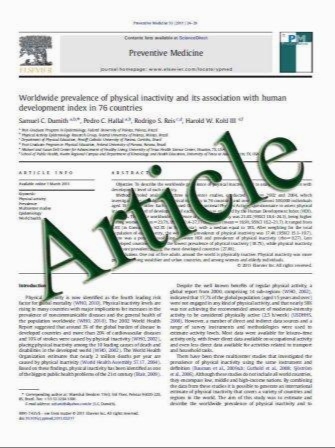The Skt gene, required for anorectal development, is a candidate for a molecular marker of the cloacal plate
- نوع فایل : کتاب
- زبان : انگلیسی
- مؤلف : Hiroko Suda • Kwang-Jong Lee • Kei Semba • Fumie Kyushima • Takashi Ando • Masatake Araki • Kimi Araki • Yukihiro Inomata • Ken-ichi Yamamura
- چاپ و سال / کشور: 2011
Description
Background and aims It has been reported that a dorsal cloacal plate defect is associated with anorectal malformations (ARMs); however, there has been very little information reported about the developmental mechanisms involved with cloacal plate formation. Danforth’s short tail (Sd) mutant mice show ARMs. In our previous study, the co-presence of SktGt mutation, in which Skt gene is disrupted by the gene-trap vector (p-U8), increased the incidence of ARMs in Sd mutant to 100%. Our aims in this study are determining the Skt expression around the cloaca during the anorectal development and demonstrating the role of Skt gene in ARMs. Methods Embryos, normal controls [?SktGt/?SktGt] and ARMs models [Sd SktGt/?SktGt], from embryonic day (E) 9.5 to E12.5, were evaluated with X-gal staining. Results In control embryos, Skt expression was detected both in the endoderm and ectoderm of the cloacal plate from E9.5 onward. At E12.5, Skt expression was also detected in the mesenchyme neighboring the dorsal cloacal plates. In [Sd SktGt/?SktGt] mutant embryos, the cloacal plates failed to extend proximodistally and, consequently, the dorsal part of cloacal plate was defective at E11.5. Skt expressing cells were detected in the shortened cloacal plate and in the thickened mesenchyme dorsal to it. Conclusions We showed the spatial and temporal expression of Skt gene in the cloacal plate formation. This gene could be a marker for the cloacal plate during the anorectal development. Furthermore, Skt was considered to be associated with the embryogenesis of ARMs.
Pediatr Surg Int (2011) 27:269–273 DOI 10.1007/s00383-010-2785-0 Published online: 11 November 2010


